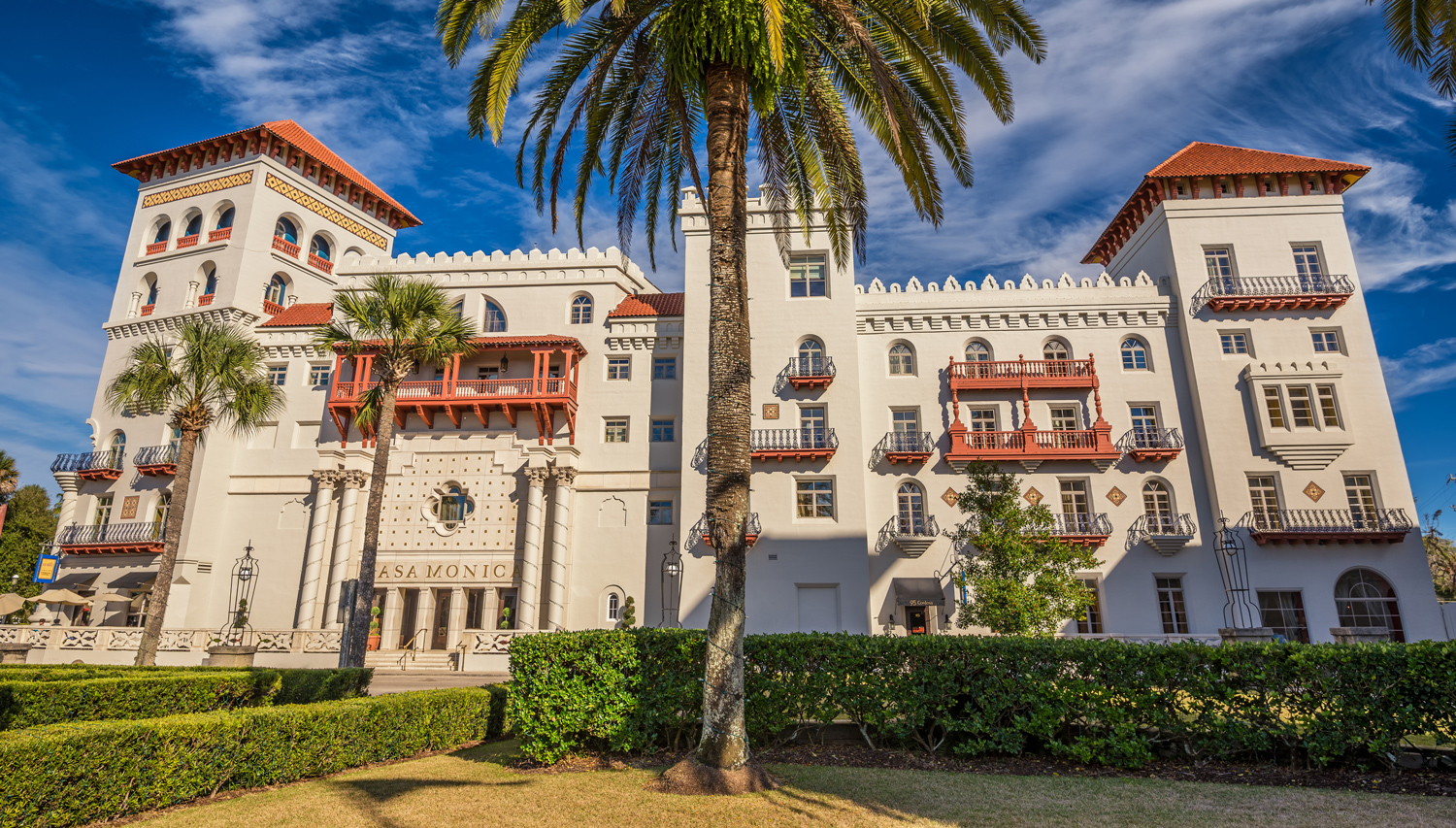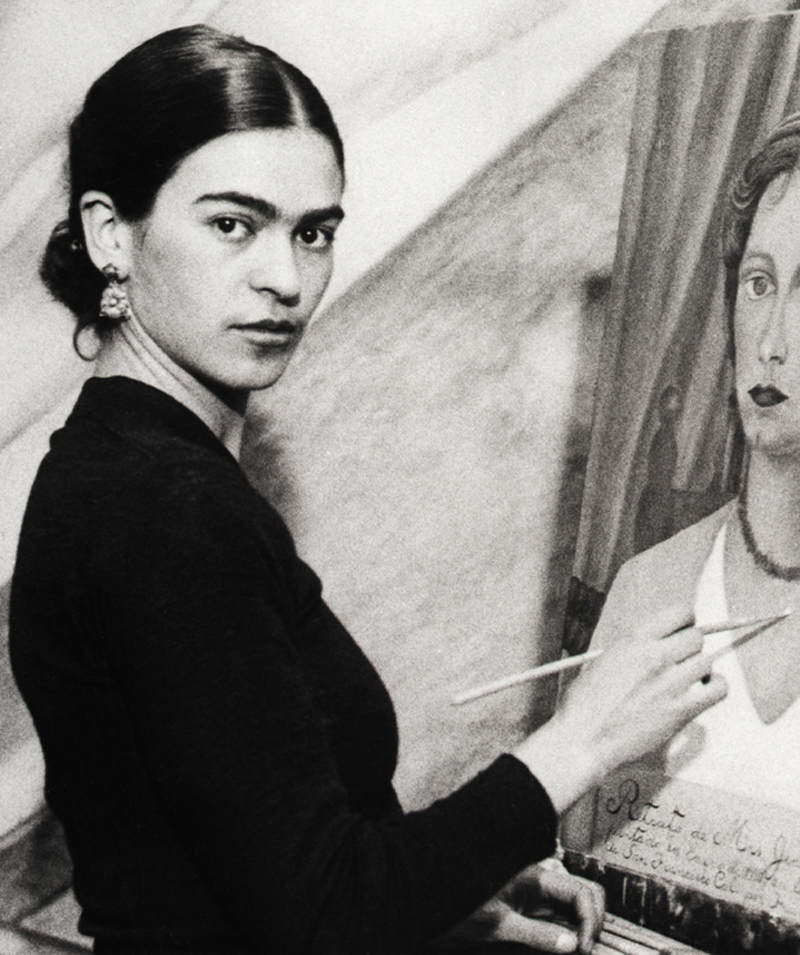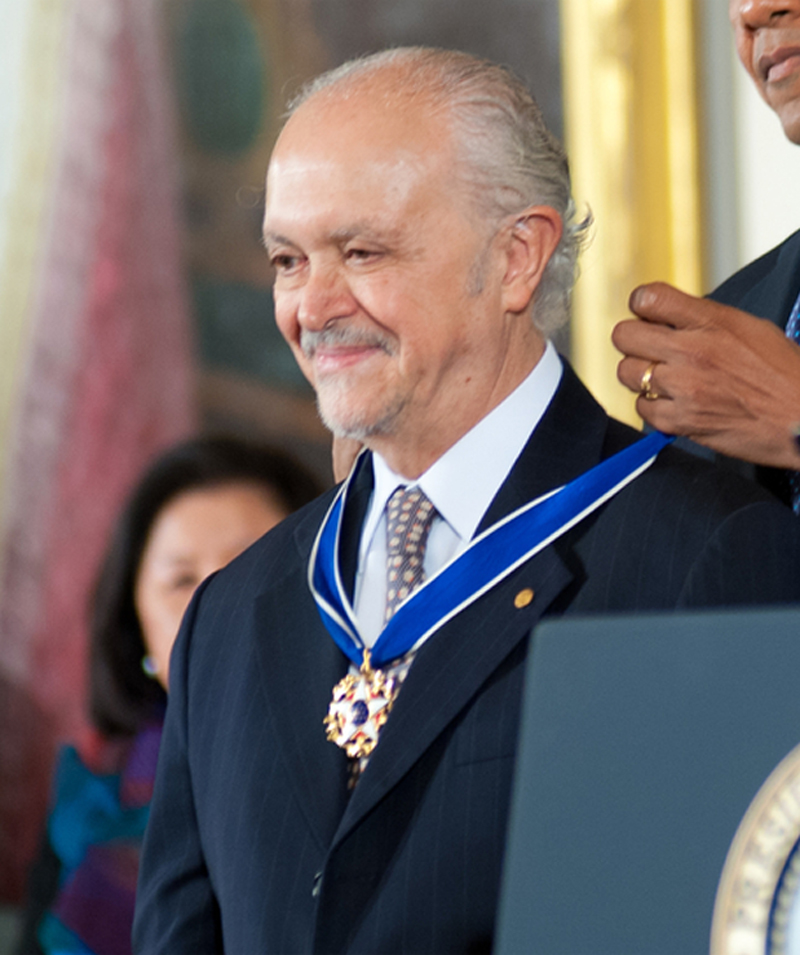A Scientist Without Boundaries
Mexican-American scientist Ynes Mexia explored the world and helped expand what we know about plants.
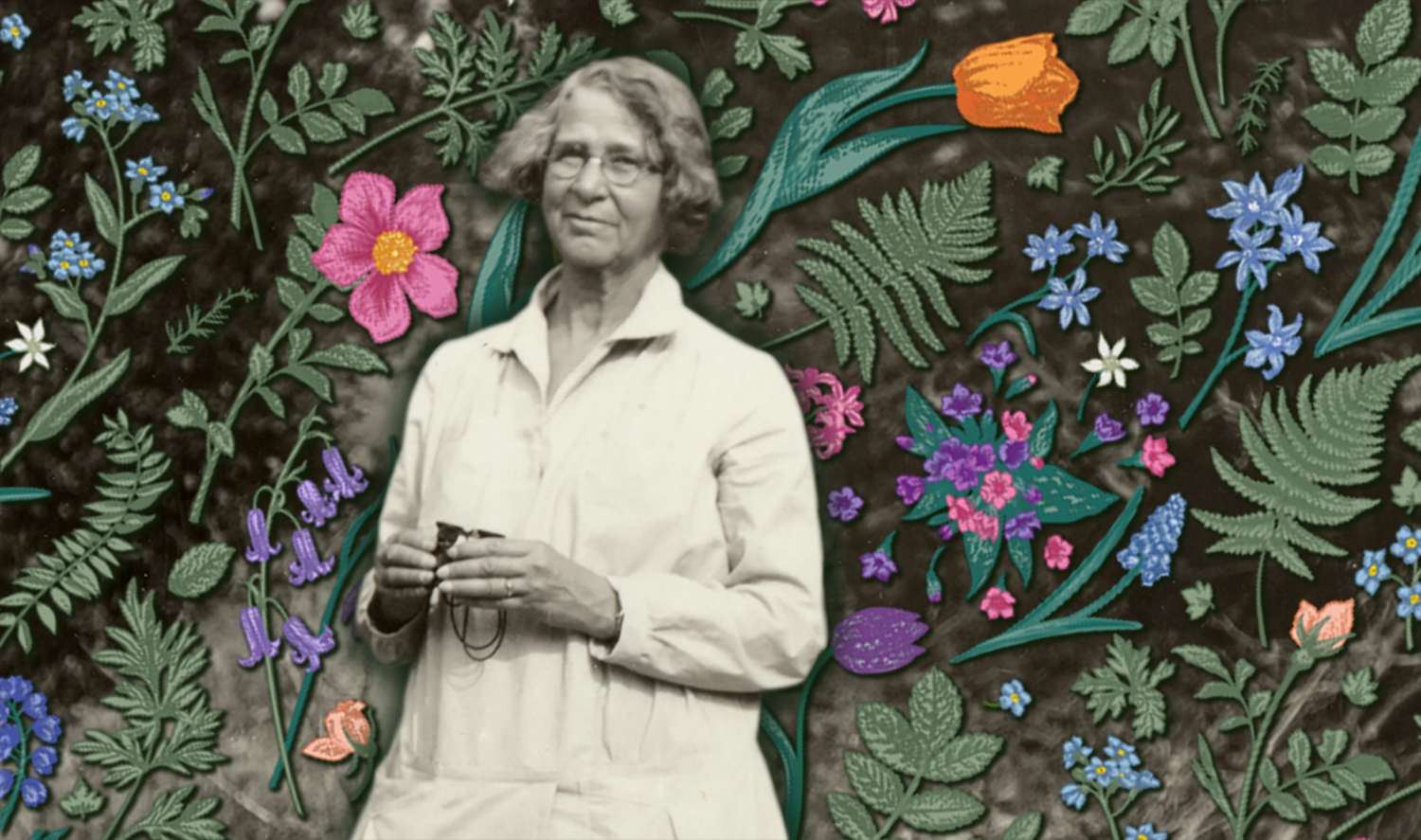
© California Academy of Sciences, © Natalia Slavetskaya/Dreamstime.com; Photo illustration Encyclopædia Britannica, Inc.
Ynes Mexia was a botanist who identified many plant species.
Until very recently, many people thought explorers had to be men. They thought the world was too dangerous for women to explore alone. But women explored anyway. A botanist named Ynes Mexia was one of them.
Ynes Mexia was born in Washington, D.C., in 1870, to an American mother and a Mexican father. She loved to read, write, and spend time outdoors. When Mexia finished school, she moved to Mexico, where she helped run, and eventually took over, her father’s ranch. After about 30 years, Mexia moved to San Francisco, California. Her love of the outdoors was as strong as ever, so when she met people who were working to help the environment, she joined them. One of the projects she worked on was to help stop loggers from cutting down California’s famous redwood trees.
Mexia’s interest in trees fed a new dream—to become a botanist, a scientist who studies plants. In 1921, at age 51, Mexia enrolled at the University of California, Berkeley, to study this field. She graduated four years later. Mexia wanted to collect specimens (plant samples) so she and other scientists could study them. At the time, though, women were discouraged from traveling alone, especially in the wild, because of beliefs that they were not as capable as men. Mexia didn’t let this stop her.
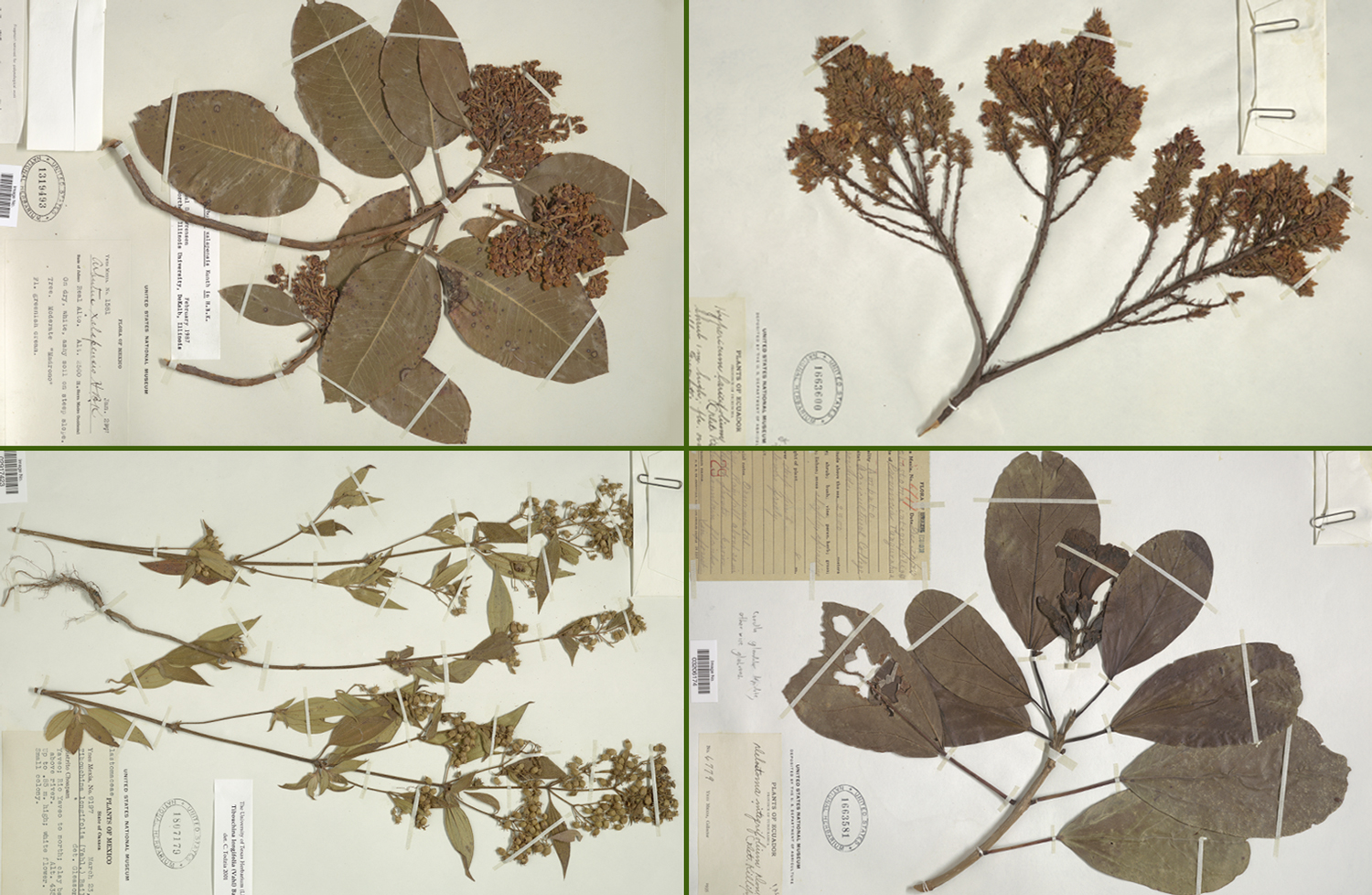
Botany Department/Smithsonian National Museum of Natural History (02978415, 03003905, 02917423, 03206174); Photo composite Encyclopædia Britannica, Inc.
Here are four of the thousands of plant specimens that Ynes Mexia collected.
Mexia’s career as a botanist would take her to many parts of North and South America, where she would collect specimens so that she and other scientists could study them. She ventured through Mexico, Peru, Ecuador, and more. She was the first botanist to collect samples in Alaska’s Denali National Park. In total, she collected more than 145,000 specimens. Five hundred of them had never been identified by a botanist before. A few of these are named after Mexia!
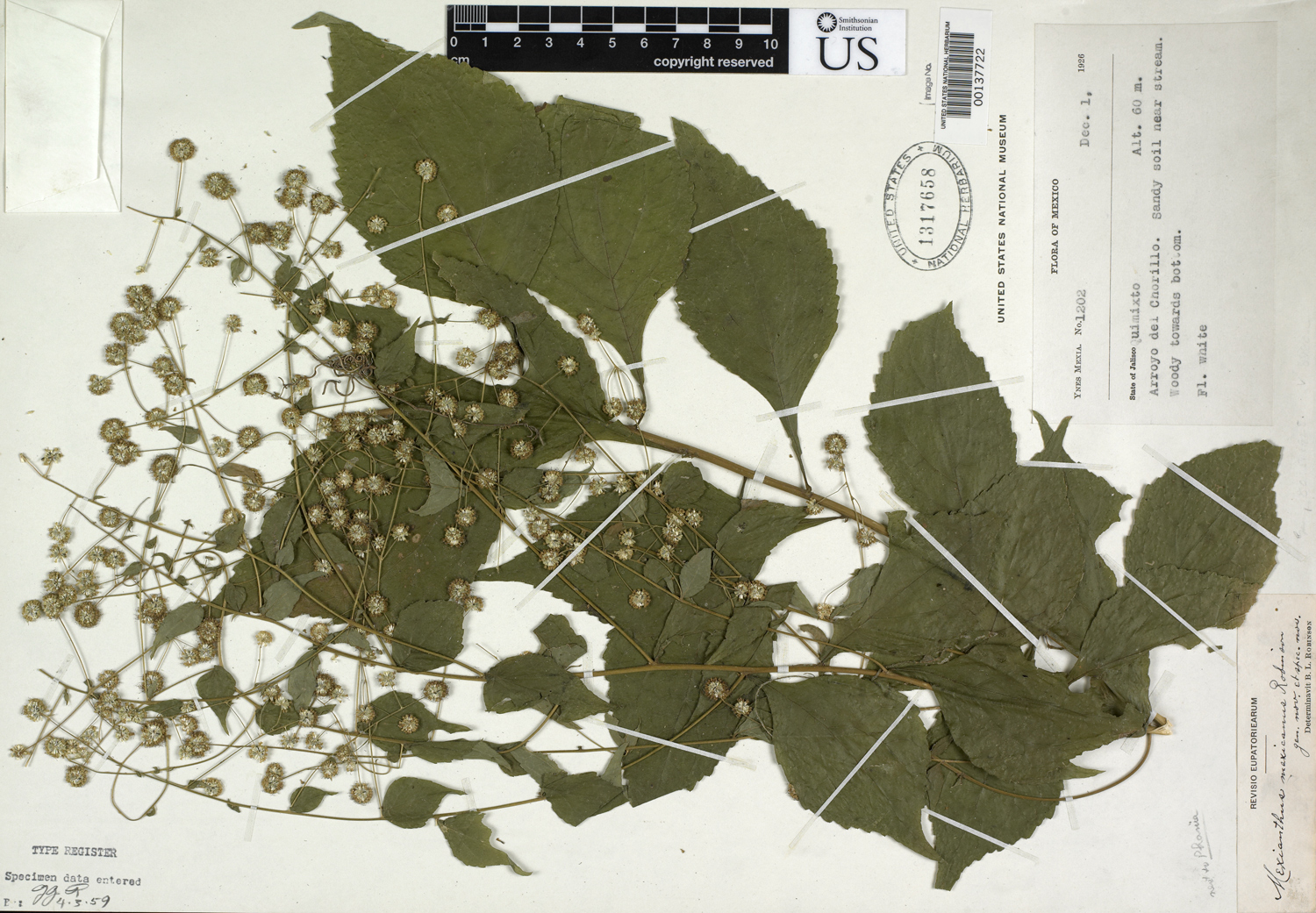
Botany Department/Smithsonian National Museum of Natural History (00137722)
This is a sample of a plant genus Mexianthus mexicanus, which is named for Ynes Mexia.
Mexia inspired other women, especially women of color, to live their dreams. By going to college at age 51, Mexia showed it’s never too late to start something new. By traveling far and wide in search of new plants, she showed that exploration was not limited to men.
“I don’t think there is any place in the world where a woman can’t venture,” she once said.

